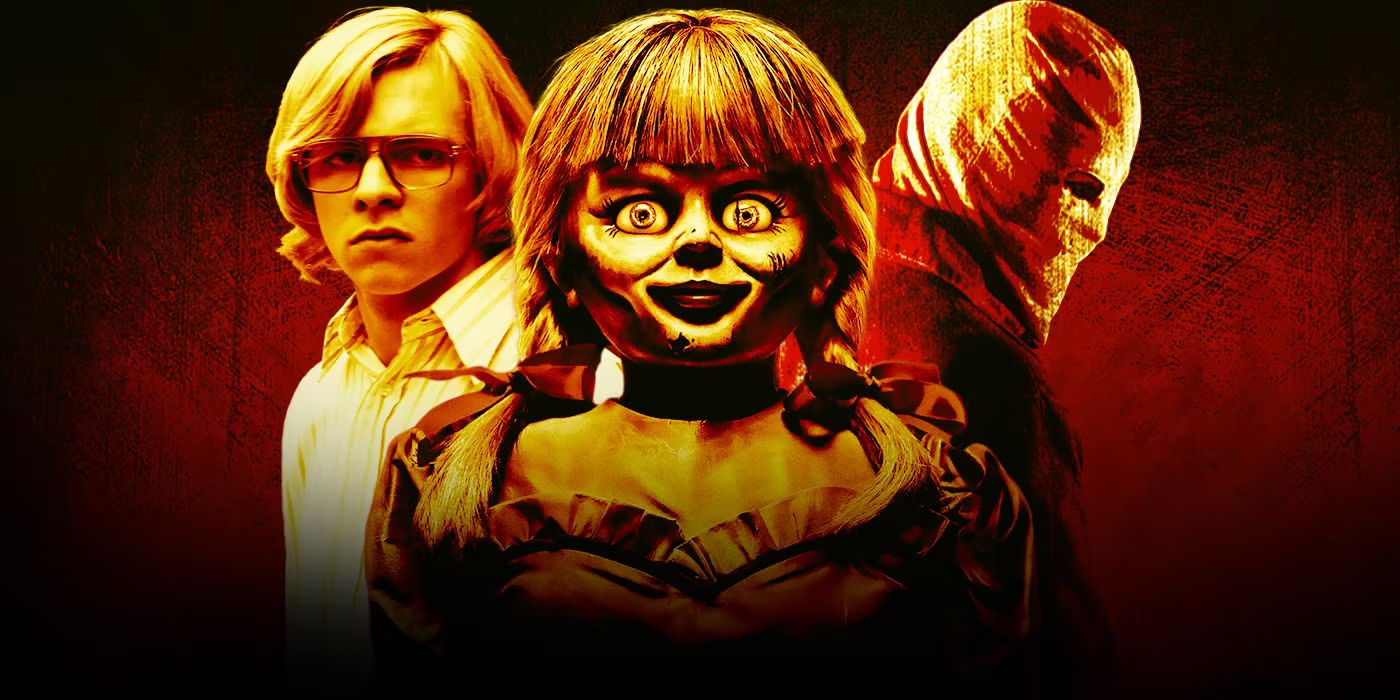
We’ve all been there: curled up on the couch, totally engrossed in a movie that proudly proclaims it’s ‘based on a true story.’ There’s something undeniably captivating about watching real-life events unfold on the big screen, believing that what you’re seeing actually happened. It adds a layer of depth, a connection to history, and a certain gravitas that fictional tales just can’t quite capture. It’s the ultimate hook, promising us a glimpse into the past, often with a dash of Hollywood magic.
But let’s be real, sometimes that ‘Hollywood magic’ gets a little out of hand. While we can appreciate a bit of dramatic license to make a story flow better or hit harder emotionally, there’s a fine line between artistic interpretation and flat-out rewriting history. It’s like finding out your favorite childhood story wasn’t quite as magical as you remember because someone swapped out a few key details. And when it comes to movies, sometimes those details are, well, pretty significant.
We’ve got a serious bone to pick with some of these films because they didn’t just stretch the truth; they performed Olympic-level gymnastics with it! So, buckle up, movie buffs and history detectives, because we’re about to pull back the curtain on some of the biggest cinematic ‘lies’ ever told. Get ready to have your mind blown as we explore the real stories behind some of the most famous ‘true story’ movies that took a few too many liberties with the facts.
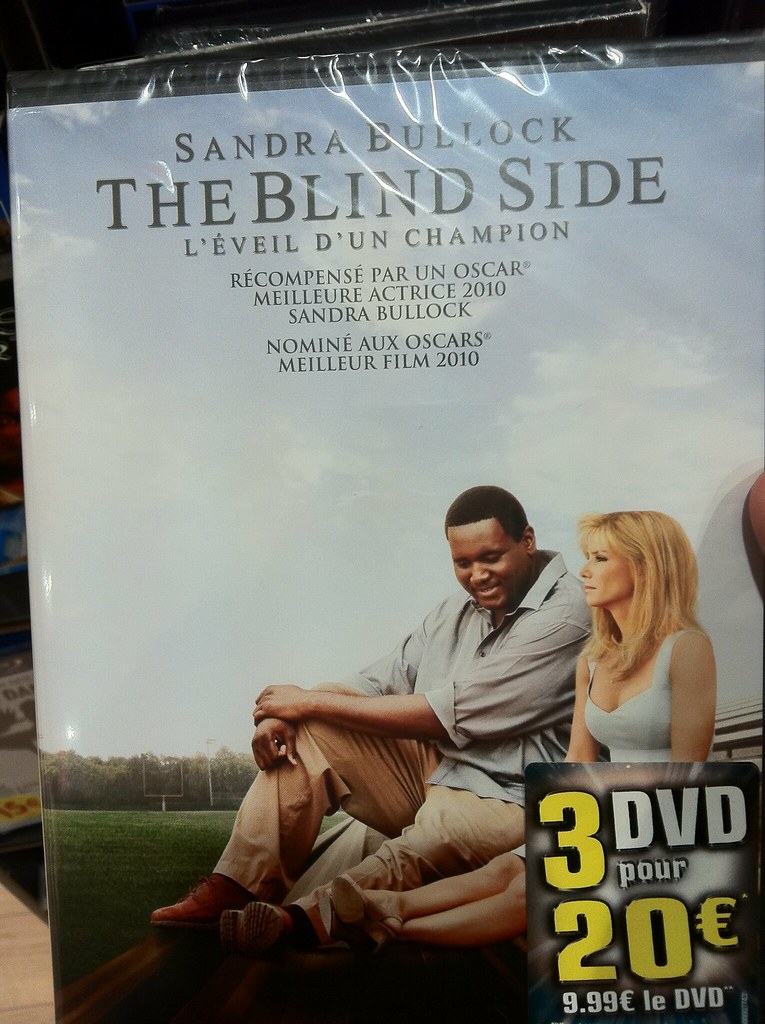
1. **The Blind Side**Remember how the Sandra Bullock movie warmed all our hearts, showing how Michael Oher, a struggling young man, found a family and excelled in football? It’s a powerful narrative about overcoming adversity and the impact of unconditional support. The film really pushed the idea that Oher was worse off than he actually was, portraying him as a ‘dumb kid’ who couldn’t read or write before his adoption.
However, this portrayal didn’t sit well with the real Michael Oher. He has often expressed his displeasure with how the movie depicted him, stating that in reality, he was not as academically challenged as the film suggested. He even told NPR, “No, that’s not me at all! I’ve been studying—really studying—the game since I was a kid!” He felt the movie painted him as someone who needed to be taught the very fundamentals of football, which was far from the truth.
Oher elaborated on his frustration, saying, “I felt like it portrayed me as dumb instead of as a kid who had never had consistent academic instruction and ended up thriving once he got it.” This is a crucial distinction that the film overlooked, opting for a more dramatic ‘rags to riches’ narrative that, while emotionally resonant, ultimately distorted the truth about a real person’s intelligence and life experience.
Read more about: 12 Cars That Broke Down Within the First Year: Owners Say They’d Never Buy Again
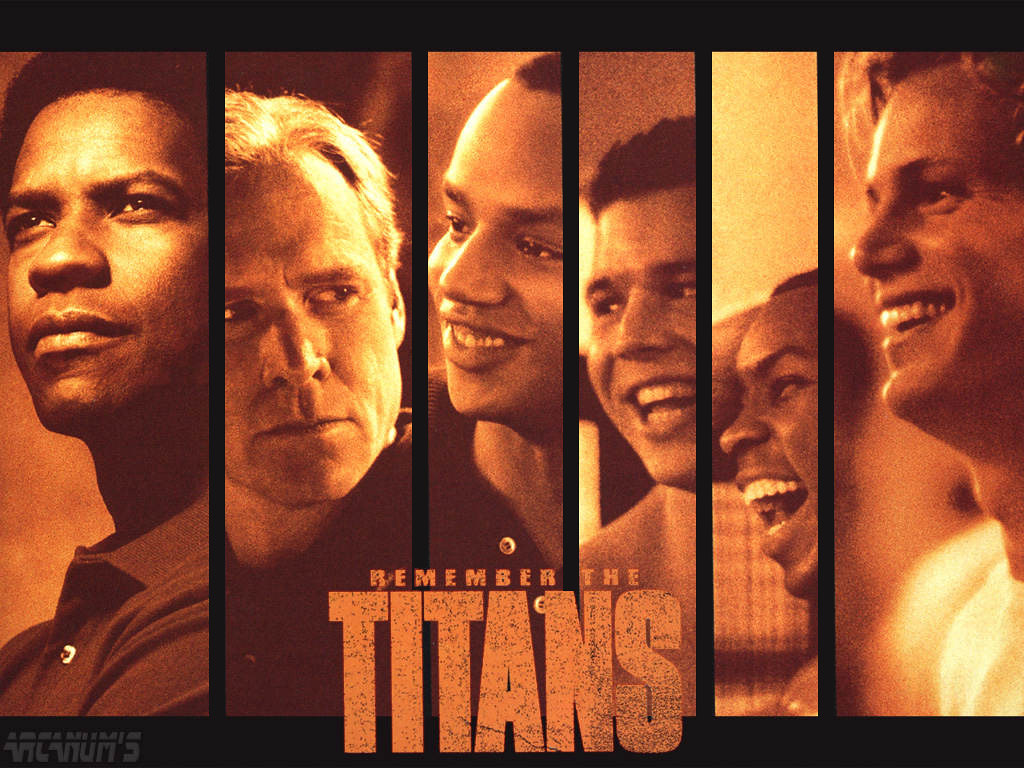
2. **Remember the Titans**Oh, ‘Remember the Titans’! It’s another classic that’s supposed to be a stirring tale of racial integration and triumph on the football field. We’re all familiar with the powerful storyline of a newly integrated high school football team having to navigate deep-seated racial tensions in 1971. The film captures the challenges and eventual unity of the T.C. Williams High School football team, making for an incredibly uplifting watch.
But here’s the kicker: the film takes some pretty significant liberties with actual events. For example, the real T.C. Williams school was integrated in 1959, which was over a decade before the film’s storyline takes place. The entire dramatic plotline about the team having to deal with the immediate struggles of integrated schools *during* the football season simply wasn’t a historical reality.
Furthermore, the movie suggests the team struggled to find its footing and overcome internal divisions before achieving success. In reality, the football team was far more dominant than the movie indicated, not quite the underdog story we saw on screen. While the spirit of unity and sportsmanship is certainly true to the team’s legacy, the specific challenges and timeline were significantly altered for cinematic effect.
Read more about: From Blockbusters to Auction Blocks: The Most Valuable Cars to Ever Grace Our Screens
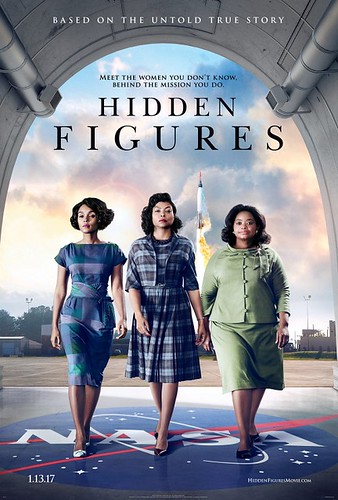
3. **Hidden Figures**’Hidden Figures’ told the inspiring, long-overdue story of the brilliant African-American women who were instrumental in NASA’s early space missions. The film powerfully depicts the systemic racism and segregation these women faced, including scenes of segregated facilities at the NASA Langley Research Center in 1961. It highlights their struggle for recognition and equal treatment in a segregated society.
However, this depiction of segregation at NASA Langley in 1961 wasn’t entirely accurate. The context reveals that any segregated facilities at that specific research center were actually abolished three years prior to the film’s setting. This means the dramatic tension created by scenes like Katherine Johnson having to run across campus to use a ‘Colored’ restroom, while impactful, was not historically precise for that time and location.
While the broader struggle against segregation and racial barriers these women faced in society and other areas of their lives was very real, the movie chose to incorporate a specific instance of segregation that had already been resolved at that particular NASA facility. This creative choice, while serving to amplify the obstacles the characters faced, departs from the exact historical timeline of desegregation at NASA Langley Research Center.
Read more about: Through the Lens of History: 14 Poignant Photos Revealing the Vulnerability of Legends

4. **Troy**Ah, ‘Troy,’ the epic retelling of Homer’s ‘Iliad,’ starring Brad Pitt as the legendary Achilles! It sweeps us into the grandiosity of ancient warfare, focusing on the heroic figures and colossal battles of the Trojan War. We all know the city of Troy was a real place, even if Homer’s original epic mixed real historical events with the rich tapestry of Greek mythology to create an unforgettable narrative.`
One thing that always bugged me about the 2004 film is a pretty massive historical (and mythical) inaccuracy concerning one of its central characters. In the movie, Achilles is very much alive and kicking during the dramatic sacking of Troy, right up until the famous Trojan Horse enters the city. He plays a pivotal role in the final assault, battling against the Trojans.
In reality, however, Achilles, the legendary warrior, met his demise *before* the Trojan horse ever entered the city of Troy. His death, famously by an arrow to his heel, occurred earlier in the conflict, not during the final moments of the city’s fall. The film’s decision to keep him alive for the dramatic climax definitely ratcheted up the action, but it took a significant detour from the established mythology and historical accounts of the Trojan War.
Read more about: FBI Director Reveals Key Evidence in Charlie Kirk Assassination Investigation
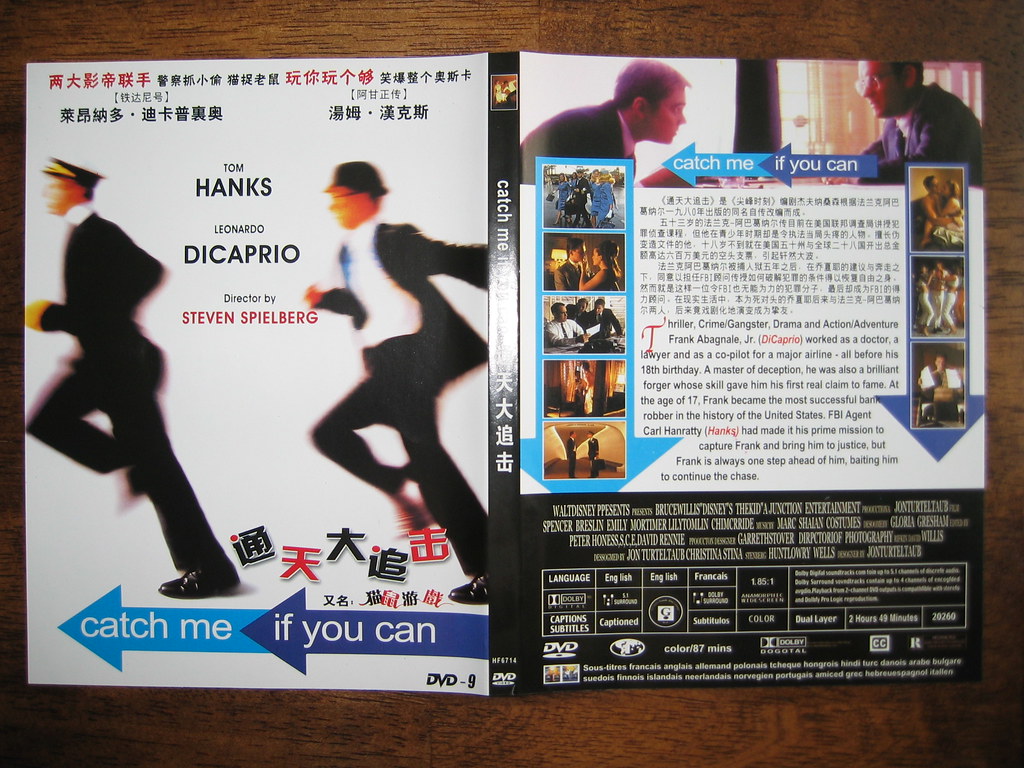
5. **Catch Me If You Can**Steven Spielberg’s ‘Catch Me If You Can’ is a fantastic, thrilling game of cat and mouse, detailing the incredible exploits of master con artist Frank Abagnale Jr., played by Leonardo DiCaprio. We love everything about this movie, from the slick cons to the intense pursuit by FBI agent Carl Hanratty, played by Tom Hanks. It’s a compelling story of a young man’s extraordinary journey of deception and evasion.
However, even a genius like Spielberg takes some liberties with historical accounts, and Frank Abagnale’s life was no exception. For instance, the film depicts a poignant, ongoing relationship between movie Frank and his father, played by Christopher Walken, even after Frank runs away from home. These interactions, including visits and phone calls, add a deep emotional layer to the story, showing a son trying to impress his father.
In reality, after a young Frank ran away from home, he never saw his father again. The emotional beats of their continued connection, particularly the dramatic Christmas Eve phone calls where Frank supposedly called Hanratty out of desperation and loneliness, were created specifically for the film. Abagnale himself questioned this, asking, “Why would I do that? I didn’t want the FBI to know where I was.” It makes for a great movie, but it definitely wasn’t how things went down.
Read more about: 14 Luxury Cars Quietly Going Out of Style: An In-Depth Look at Automotive Evolution
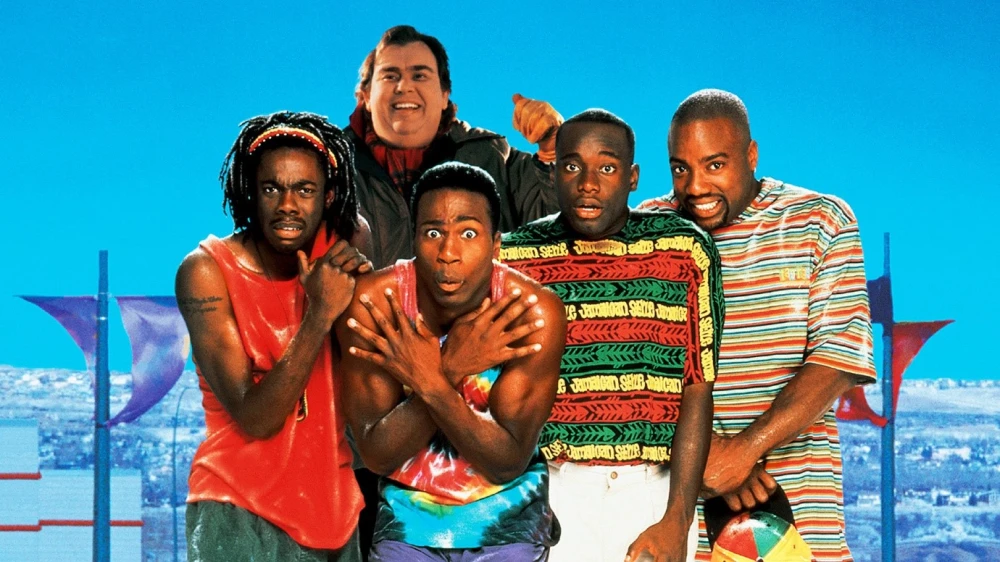
6. **Cool Runnings**’Cool Runnings’ is arguably one of the most heartwarming sports movies ever made, telling the incredibly inspiring story of the Jamaican bobsled team’s improbable journey to the Winter Olympics. It’s a feel-good film that captured the hearts of audiences worldwide, leading viewers to believe that these plucky underdogs had a genuine chance at medaling in the bobsled event, pushing against all odds.
As much as we want to believe in fairy tales, the reality of the Jamaican bobsled team’s performance at the Calgary Winter Olympics was a bit different. While their participation was indeed historic and inspiring, the film’s implication that they were serious contenders for a medal was a significant stretch of the truth. They were a wonderful story, but not quite the competitive threat portrayed.
In reality, the bobsled event at the Calgary Winter Olympics had a total of 26 competing teams. While they were fantastic for even making it there, the Jamaican teams finished in 24th, 25th, and 26th place in their respective events. They never came close to medaling. The movie cleverly uses their spirit and perseverance to create a narrative arc of potential glory, but the actual standings paint a more realistic, though still impressive, picture of their Olympic debut.
We’ve all been there: curled up on the couch, totally engrossed in a movie that proudly proclaims it’s ‘based on a true story.’ There’s something undeniably captivating about watching real-life events unfold on the big screen, believing that what you’re seeing actually happened. It adds a layer of depth, a connection to history, and a certain gravitas that fictional tales just can’t quite capture. It’s the ultimate hook, promising us a glimpse into the past, often with a dash of Hollywood magic.
But let’s be real, sometimes that ‘Hollywood magic’ gets a little out of hand. While we can appreciate a bit of dramatic license to make a story flow better or hit harder emotionally, there’s a fine line between artistic interpretation and flat-out rewriting history. It’s like finding out your favorite childhood story wasn’t quite as magical as you remember because someone swapped out a few key details. And when it comes to movies, sometimes those details are, well, pretty significant.
We’ve got a serious bone to pick with some of these films because they didn’t just stretch the truth; they performed Olympic-level gymnastics with it! So, buckle up, movie buffs and history detectives, because we’re about to pull back the curtain on some of the biggest cinematic ‘lies’ ever told. Get ready to have your mind blown as we explore the real stories behind some of the most famous ‘true story’ movies that took a few too many liberties with the facts.
Read more about: Beyond the Blockbuster: 15 Historical Epics That Rewrote Reality on the Big Screen
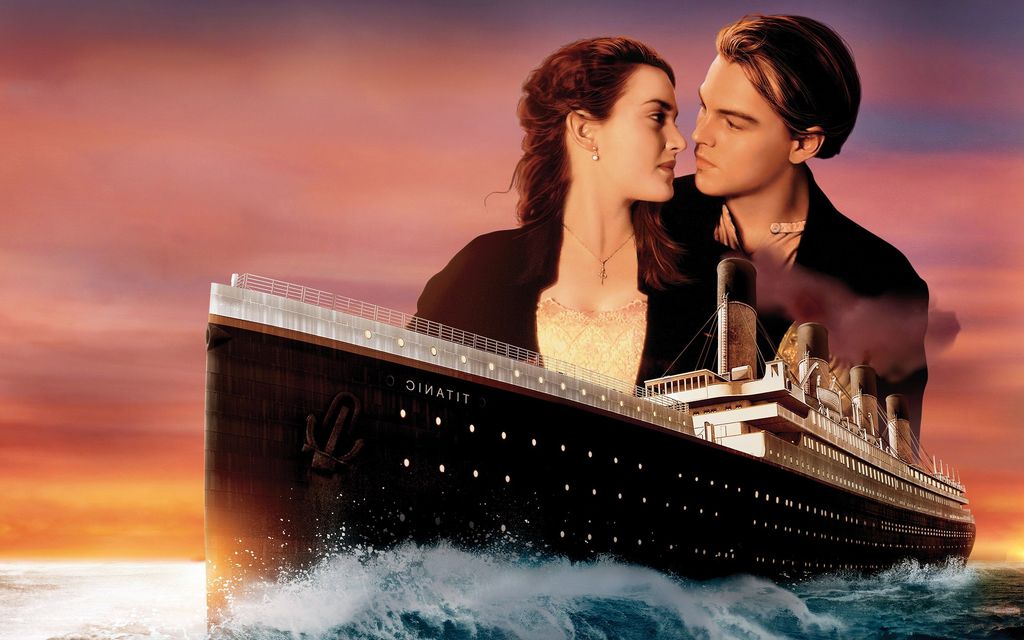
7. **Titanic**This epic 1997 blockbuster from James Cameron swept us all away with its blend of romance and historical tragedy, making us believe we were getting a vivid, accurate glimpse into the ill-fated voyage of the RMS Titanic. The film masterfully weaves fictional characters like Jack and Rose into the very real, harrowing events of April 1912, creating an emotional connection that captivated millions. It’s easy to assume that if the ship and the disaster were real, then many of the key characters and their actions must also be historically precise, right?
However, even an epic as grand as “Titanic” isn’t immune to historical reimagining. While the sinking was certainly real, and many historical figures were onboard, some depictions took a massive dive into the fictional deep end. One prominent example is First Officer William Murdoch, a real person on the Titanic, but whose portrayal in the film sparked significant controversy and anger from his family, highlighting the ethical implications of historical rewrites.
Cameron’s movie portrayed Murdoch as a rather selfish and corrupt officer, depicting him taking a bribe and even tragically shooting passengers before turning the gun on himself. This specific narrative choice casts him in an undeniably negative light. Historical accounts, however, tell a completely different story, consistently stating that Murdoch did everything within his power to save as many lives as possible, acting heroically until the very end. The intense backlash from his family, who found the cinematic depiction deeply offensive, even prompted James Cameron to issue a public apology, underscoring how fictionalizing historical characters can profoundly impact public perception.
Read more about: This Is How You Live Your Best Life for a Century (Or More!): 14 Celebs Who Rocked Their 90s & 100s Like Absolute Legends!

8. **Pocahontas**Disney’s “Pocahontas” is a vibrant, colorful, and musically enchanting animated film that introduced generations to a romanticized version of a historical figure and the early days of colonial America. We all remember the powerful songs and the heartwarming love story between Pocahontas and John Smith. It’s a classic tale aiming to deliver messages of harmony, wrapped up in undeniable Disney magic.
But let’s be honest, expecting absolute historical accuracy from a Disney animated musical about a Native American princess is asking a bit much. “Pocahontas” is famously “littered with historical inaccuracies,” which have drawn criticism for their impact on how this period is understood. The film’s primary departure from reality lies in its depiction of the relationship between Pocahontas and John Smith, transforming it into a full-blown romantic love story.
In reality, their relationship was far from the romanticized affair shown on screen. The historical Pocahontas, whose real name was Matoaka, was a very young girl, likely around 10 to 12 years old, when she encountered John Smith, who was a grown man in his late 20s. The notion of a mature, reciprocal love story is a complete fabrication designed to fit a classic Disney narrative trope. John Smith was also reportedly “not as nice” as his animated counterpart, and the movie simplifies complex cultural dynamics and historical events to fit a family-friendly adventure. Its distortions have had a lasting impact on public perception of early American history.
Read more about: Rewatch Alert! The Seriously Dumb Things We All Totally Overlooked in Our Favorite ’90s Movies

9. **Argo**Ben Affleck’s 2012 Oscar-winning thriller “Argo” had us all on the edge of our seats, detailing the incredibly daring true story of a CIA operation to rescue six American diplomats from Iran during the 1979 hostage crisis. The premise itself—using a fake movie production as a cover to extract hostages—was so wild, so unbelievable, that it *had* to be true, right? Indeed, the core story of the CIA making a fake movie was very real, earning the film critical acclaim.
However, while “Argo” brought this incredible covert operation to a wider audience, it wasn’t without its own drama concerning historical accuracy. One thing notably “omitted from the film, though, was the involvement of the Canadian government.” The movie largely portrays the rescue as a triumph of American ingenuity, with the CIA taking almost sole credit for the brilliant and perilous plan. This narrative choice, while simplifying the story, effectively minimized the contributions of a key ally.
This minimizing of Canada’s crucial role didn’t go unnoticed, even by former President Jimmy Carter. He directly addressed the issue, stating unequivocally that “90% of the contributions to the ideas and the consummation of the plan was Canadian…the movie gives almost full credit to the American CIA.” Carter even singled out Canada’s Ambassador to Iran, Ken Taylor, as the “main hero” for his instrumental efforts. “Argo” might have been a thrilling ride, but it certainly took a dramatic liberty by downplaying true international collaboration, impacting public perception of who the real heroes were.
Read more about: Navigating the Electric Future: Our Expert Picks for the Top 12 EVs You Can Buy Right Now
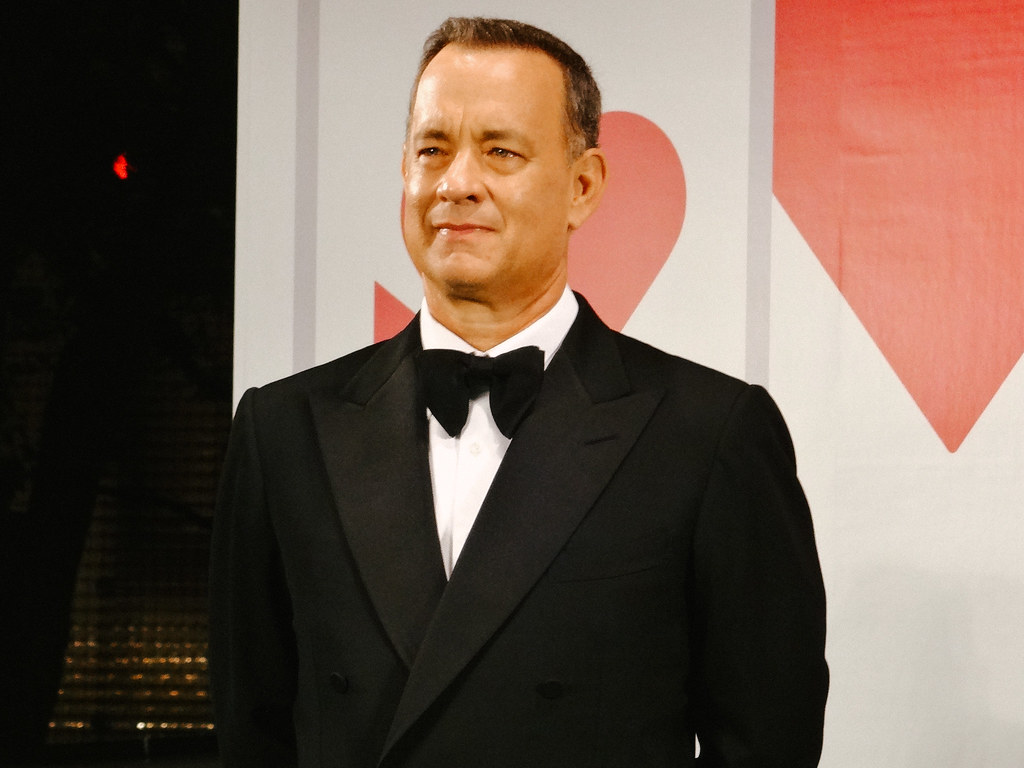
10. **Captain Phillips**In 2013, Tom Hanks delivered a gripping performance in “Captain Phillips,” a film based on the harrowing real-life events of the 2009 hijacking of the Maersk Alabama by Somali pirates. The movie portrays Captain Richard Phillips as a courageous, self-sacrificing hero who puts his own life on the line to save his crew, enduring a terrifying ordeal while being held hostage in a lifeboat. It’s a nail-biting, intense survival story that positions Phillips as an almost legendary figure.
However, the heroic portrayal of Captain Phillips in the film has been met with significant controversy and stark disagreement from his actual crew members. While the movie shows him as a steadfast leader, his crew has publicly stated that “he’s nothing like that in real life,” and, quite pointedly, they “blamed Phillips for putting the crew in danger.” This challenges the very foundation of his cinematic heroism and raises serious ethical questions.
According to the crew, Phillips allegedly ignored multiple email warnings about increased piracy activity off the coast of Somalia, which advised ships to stay at least 600 miles away. Phillips’ vessel, however, was reportedly sailing much closer to the coast, “more than half of that distance towards it,” seemingly inviting trouble and disregarding crucial safety protocols. This suggests a deviation from best practices that could have contributed to the hijacking. Furthermore, the crew claims they endured *two* pirate attacks, not just the single dramatic one shown in the film. So, while Tom Hanks made us all root for him, the real story paints a much more complicated and less flattering picture of the captain, impacting public perception.
Read more about: Behind the Laughter: 13 Celebrity Scandals from Classic Sitcoms That Were Kept Under Wraps at the Time
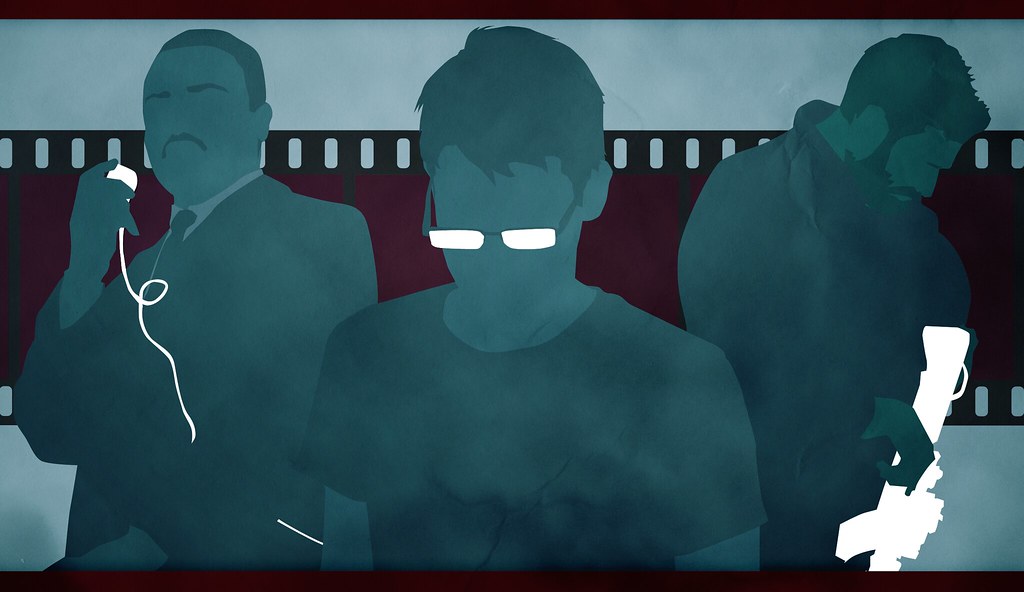
11. **American Sniper**Clint Eastwood’s 2014 film “American Sniper,” starring Bradley Cooper as Navy SEAL Chris Kyle, was a massive box office hit that aimed to tell the story of “the most lethal sniper in U.S. military history.” The movie presents Kyle as an unwavering American war hero, dedicated to protecting his fellow soldiers and carrying out his duty with extraordinary precision. It’s a powerful, often intense, portrayal of a man grappling with the moral complexities of war.
While Chris Kyle was indeed a real person and a highly decorated sniper, the film takes “several creative liberties” with his life and experiences, crafting a narrative that leans heavily into hero-worship. One significant fictionalization is “the Butcher,” an enemy sniper who becomes Kyle’s arch-nemesis, created specifically for the movie despite having no basis in Kyle’s memoir.
Moreover, the movie’s depiction of Kyle himself as a “propaganda-filled hero worship” figure sometimes overshadows the real, more complex person. Critics pointed out differences between Kyle’s life and his portrayal, suggesting the film leaned into a simplified heroic narrative. For example, Kyle’s friend Ryan Job, portrayed as dying from post-surgery complications, actually survived for years in real life, a significant alteration. Even specific combat details were altered, transforming Kyle into a “far more tragic character” than the simplified hero presented on screen.
Read more about: Beyond the Bell Bottoms: Unpacking the Fates of Hollywood’s Most Iconic 1970s Stars – Where Are They Now?
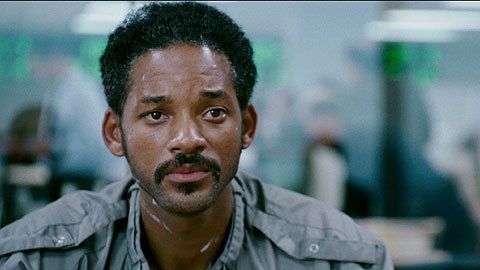
12. **The Pursuit of Happyness**”The Pursuit of Happyness,” the 2006 film starring Will Smith, tells the incredibly inspiring and emotionally resonant true story of Chris Gardner, a homeless single father who battles immense adversity to achieve success as a stockbroker. It’s a powerful narrative about perseverance, the American dream, and a father’s unwavering love for his son, based on Gardner’s own memoir. We all cheered for Chris as he navigated financial struggles, believing we were witnessing a truly authentic rags-to-riches journey.
However, as one might expect with Hollywood, “plenty of liberties were taken to make it more appealing to mainstream audiences,” especially when dramatizing Gardner’s already challenging circumstances. For instance, the movie portrays Gardner as being in a “far worse financial situation” than he actually was concerning the defunct bone density scanners he sold. In reality, while he did work as a salesman, his internship actually provided him with a “$1,000 a month stipend,” not entirely unpaid as the film suggests.
Perhaps the most significant and emotionally jarring alteration concerns the reason for Gardner’s brief jail stint. The movie depicts him spending a night in jail for unpaid parking tickets, a seemingly minor offense. The real Chris Gardner, however, “spent a night in jail for domestic abuse,” a far more serious and ethically complex charge that would undoubtedly complicate his heroic portrayal. His arrest was also given the “Tinseltown treatment,” as he didn’t come straight from jail to his job interview. These creative choices amplify the dramatic stakes, but ultimately diverge significantly from the full, unvarnished truth.
So there you have it, folks! Another deep dive into the fascinating, and sometimes frustrating, world of “true story” movies that took a scenic detour from the facts. It’s wild to think how much these blockbusters can shape our perception of history, isn’t it? From tragic shipwrecks to daring rescues, Hollywood has a knack for twisting reality into something shiny and spectacular. We love to get swept away, but it’s crucial to remember that what glitters on screen might not always be the unvarnished truth.
Read more about: Behind the Stardom: Unpacking the Tumultuous Realities and Unseen Struggles of Jaden Smith
While we appreciate a good story, and dramatic flair can make a movie unforgettable, it’s always worth remembering that the silver screen often holds a funhouse mirror up to history. The next time you see “based on a true story” flash across the screen, maybe take it with a grain of salt. Better yet, do a quick search and discover the real-life gems (and sometimes even messier truths!) that inspired them. After all, the actual stories are often just as compelling, if not more so, than their Hollywood counterparts. Happy viewing, and happy fact-checking!



